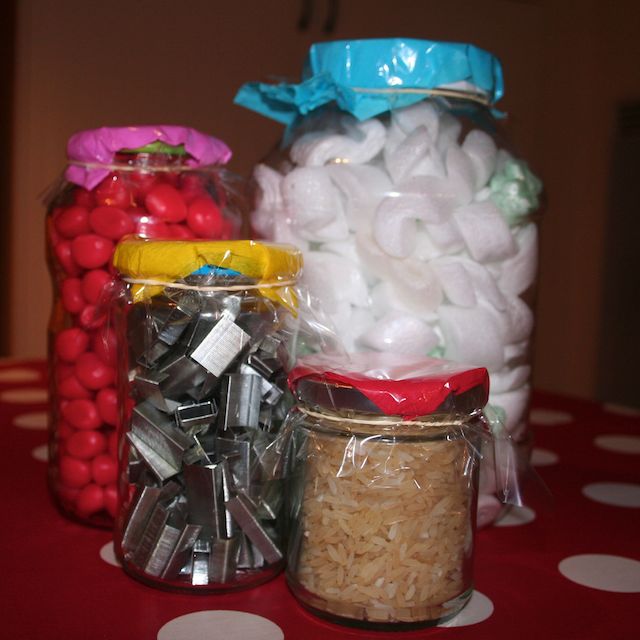Oxford - October 2011
 'Oxford University department of Educational Studies - A presentation/workshop for PGCE students'
'Oxford University department of Educational Studies - A presentation/workshop for PGCE students'
The principle aim of this session is to look at how ICT is so much more than just a medium for mathematics teaching. Hopefully this will be demonstrated by looking at and trying a number of examples of secondary school mathematics tasks! This page is intended as both a medium for this workshop and a record of what went on during the session for those that came and those they want to share it with! Almost everything that was discussed can be seen or linked to from this page.
The Social Network
This is just a brief opening to promote the idea that the social networking can help teachers belong to what is the worlds largest staffroom for sharing ideas and sources, exchanging views and generally supporting each other.
 Facebook
Facebook
This clearly an area for caution - but used properly can be a really useful tool. My suggestion here is the use of ![]() facebook groups. These can used for groups of teachers, and for classes where the teacher can invite their students and their parents. The main aim is to be a really effective means of communication without having to be 'friends' in a facebook sense. As an example, I have set up a facebook group for this workshop as demonstration. It could continue to become a useful exchange tool. If some or all of you are able to follow the link and join then we can see.
facebook groups. These can used for groups of teachers, and for classes where the teacher can invite their students and their parents. The main aim is to be a really effective means of communication without having to be 'friends' in a facebook sense. As an example, I have set up a facebook group for this workshop as demonstration. It could continue to become a useful exchange tool. If some or all of you are able to follow the link and join then we can see. ![]() Mathematics teacher exchange.
Mathematics teacher exchange.
 Twitter
Twitter
Twitter is a fabulous way to to keep up with what is happening all over the world with particular reference to mathematics teaching. This can be discussed for as short or as long as anyone wants! In the mean time here is a link to my twitter feed for interest - @teachmaths and below there should be a widget displaying live tweets that include the hashtag #mathchat
Tasks
-
Visit and join the
 Mathematics teacher exchange facebook group. Do a search for maths realetd virtual manipulatives. Post anything good you find in the group. Look at other things that have been posted and comment on them.
Mathematics teacher exchange facebook group. Do a search for maths realetd virtual manipulatives. Post anything good you find in the group. Look at other things that have been posted and comment on them. -
Create a twitter account and do a search for #mathchat. Consider following anyone whose links you like from that list. Visit
 The 50 best twitter feeds for maths geeks for more ideas.
The 50 best twitter feeds for maths geeks for more ideas.
Working with real data
With the increasing availability of real data that the internet affords us - teachers should really think about using real data as often as they can when teaching statistics.
Some examples
Data Sources
Making google forms
These are pretty easy to make. Below is a video that helps.
Tasks
-
Visit the
 Wisdom of the crowd activity, watch the videos and make your guesses by submitting the google form. Follow the link to the results file and watch the live data come in. Use autograph to analyse some of the data. In doing so, think about the sorts of questions that the data anlysis might be able to answer.
Wisdom of the crowd activity, watch the videos and make your guesses by submitting the google form. Follow the link to the results file and watch the live data come in. Use autograph to analyse some of the data. In doing so, think about the sorts of questions that the data anlysis might be able to answer. - Use your google accout (you may need to create one) to create your own google form.
- Explore some of the data sources.
 Smartphone apps
Smartphone apps
Here are some links to smartphone apps!
http://web.me.com/planeten.paultje/Toepassingen/iPhone.html
http://silvermanasoft.appspot.com/html/coastermate.html
http://appshopper.com/utilities/seismometer
http://appshopper.com/utilities/vibration
http://appshopper.com/education/iseismometer
Modelling
Animated Questions
The following videos represent some examples of what I am calling 'New Types of Questions' that technology has brought. The following is a link to a session run on this at the ICTMT10 conference in Portsmouth this summer - ![]() Animiated Questions.
Animiated Questions.
Some Examples
Tasks
-
Visit the
 Animiated Questions and recreate the video animations using autograph and a function with just one dynamic variable.
Animiated Questions and recreate the video animations using autograph and a function with just one dynamic variable. -
Using the
 Scattertastic activity, go to the virtual mainpulatives and try the tasks set!
Scattertastic activity, go to the virtual mainpulatives and try the tasks set! -
Try the
 The Tower of Hanoi activity using the virtual mainpulative to collect the data.
The Tower of Hanoi activity using the virtual mainpulative to collect the data.
